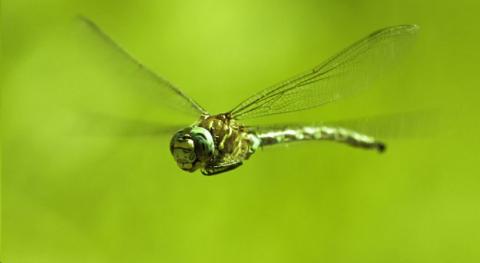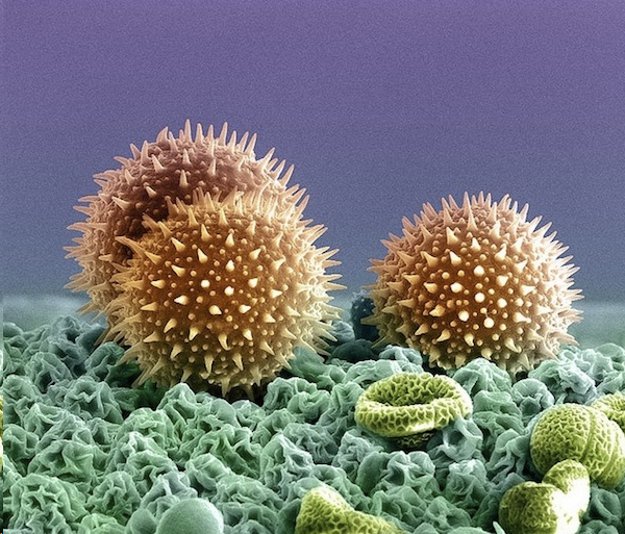Breathtaking Images Capture the Imagination in ‘Mysteries of the Unseen World”

Imagine being able to see light waves bouncing off objects, microscopic creatures in pond water, or watching a nano-machine destroy a cancer cell as if you could see your own hand. What could you study and learn from that observation?
That’s the focus of ‘Mysteries of the Unseen World,’ a new documentary short by National Geographic. Narrated by Forest Whitaker and clocking in around 40 minutes, ‘Mysteries’ is like a refresher science class, covering just enough information to educate viewers and pique their interest.
‘Mysteries’ breaks down into 4-5 segments: invisible light, too slow, too fast, too big, too small. The common factor is that the processes mentioned are not visible to the human eye. These segments are meant to bring awareness to the viewer, to show them what’s happening in the world with every passing moment. In a way, the documentary is toying with the adage ‘seeing is believing’—which is usually applied in the contexts of faith—by using it in the field of science.
Some of the information is common knowledge to those who have completed high school: the human eye only sees the rainbow of waves known as visible light, water is held together by surface tension. But the documentary is also educational, providing information on some high-tech processes and some historical context on technologies used today.
In the section titled ‘Invisible Light,’ for example, viewers get a glimpse of how infrared light waves work, illuminating the areas on bodies and surfaces the various levels of heat; gamma rays and X-rays allow us to see through objects. For ‘Too Fast,’ the audience gets the chance to see lightning as it shoots up when it strikes, or the wings of a dragonfly beating—thanks to the technology of high-speed cameras. Being able to capture moments on film that are too fast allows for better study.

One of the best segments in ‘Mysteries’ is the ‘Too Slow’ piece. Arguably one of the most important (visual) parts of scientific documentaries today, time-lapse photography can be credited to John Nash Ott, who wanted to capture the growth of flowers. By projecting photos at the speed of a film (24 frames per second) viewers can see the growth, creation and decay of plants and organisms or the movements of the planet and humanity in one sitting.
‘Mysteries’ asks the viewer to imagine seeing that which we cannot see, saying “it would forever change our understanding of the planet that we live on.” The idea behind this documentary is that knowledge and awareness of the unseen forces in the world would spur this drive to not only create technology that would improve our lives, but also to appreciate the workings of the world. ‘Mysteries’ succeeds at this, with its dramatic renderings of potential technological possibilities, as well as real-life scenarios and instances. It’s a great mini-documentary that praises human technological advancements and the natural world around us equally.
Author Bio:
Gabriella Tutiino is a contributing writer at Highbrow Magazine.






























































































































































































































































































































